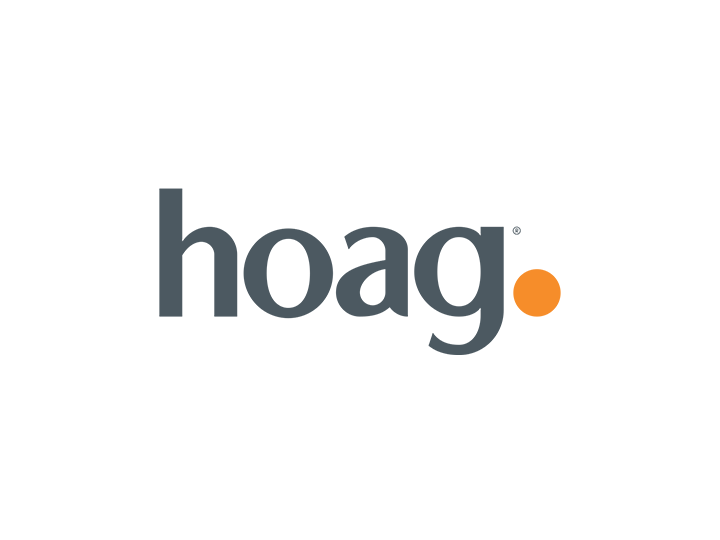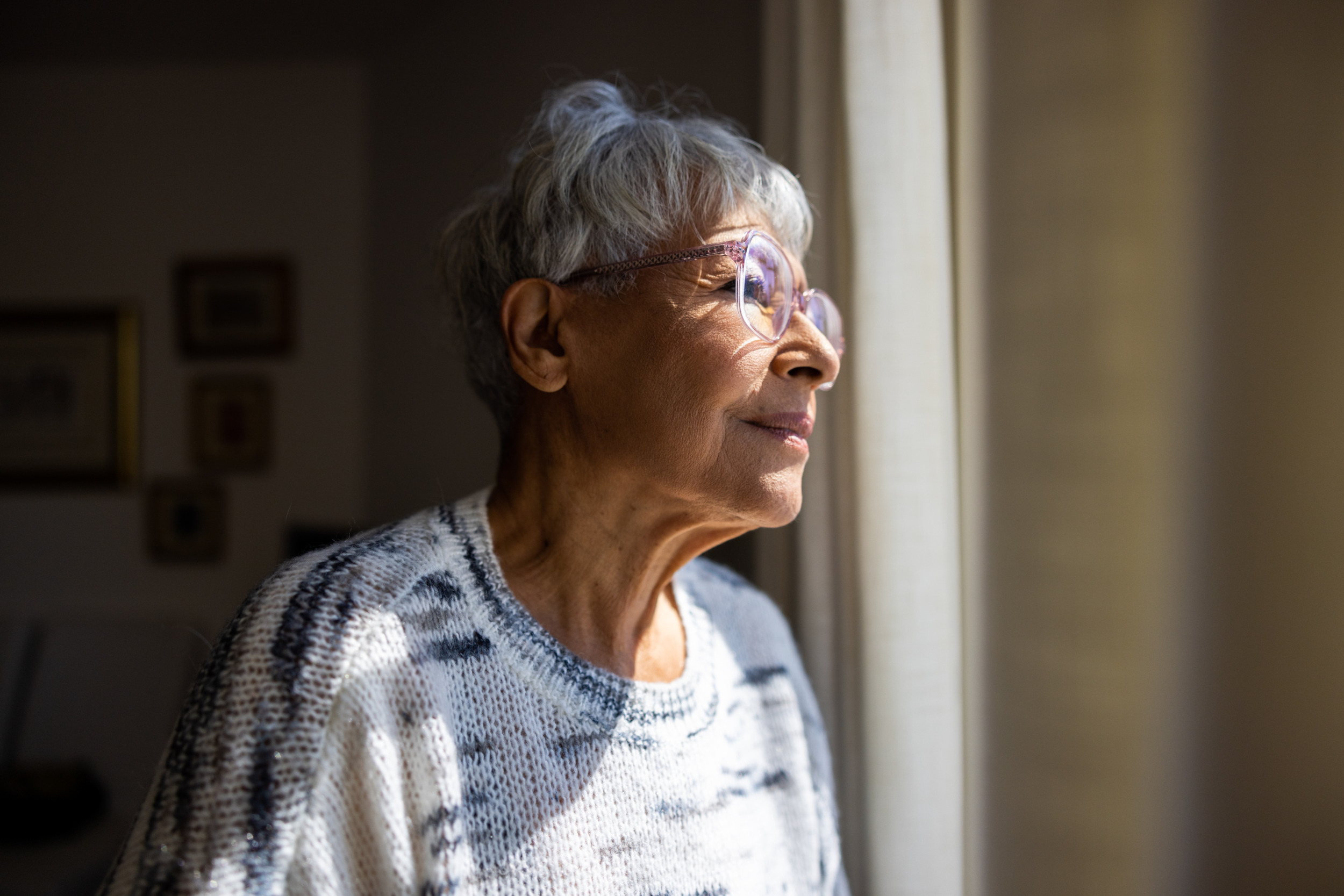Glioblastoma Clinical Trial Patient May Hold the Key to Tumor Treatment Innovation

Kayvon Goodarzy is quietly teaching the medical community about a possible new treatment for a challenging type of brain cancer.
The Hoag patient is the first person in the world to undergo a Natural Killer (NK) immunotherapy clinical trial while also using a specialized electric field-distributing device for brain tumors.
And Kayvon’s results have been astounding.
“This new therapeutic approach would be groundbreaking if and when it’s validated in larger scale clinical trials,” said Simon Khagi, MD, Medical Director of Neuro-Oncology at Hoag Family Cancer Institute, “But right now, its potential can’t be overstated. It’s truly historic.”
After being diagnosed with a glioblastoma (GBM) in 2024, Kayvon and his wife, Marjaneh, researched the disease extensively. They spoke to experts, read studies and learned everything they could. What they discovered broke their hearts. For 50 years, the standard of care for GBM has been radiation and chemotherapy—and it is rarely successful.
“There has been an abject lack of approved therapies for GBM, and it’s not from a lack of trying,” Dr. Khagi said. “Every study has yielded negative results. We’ve looked at various immunotherapies and combinations thereof, and still, there has been very little progress. The last approval for GBM came in 2015. For perspective, breast cancer has had 26 unique drugs approved by the U.S. Food & Drug Administration since 2015.”
But something is changing, and Kayvon is a big reason why. Dr. Khagi prescribed Kayvon the Optune Gio device, an electric field-generating device that is worn on the scalp that emits an electromagnetic field into the brain and has been found to disrupt cancer cell division.
“Dr. Khagi appreciated the fact that we were searching, and he spoke to us about the microenvironment of the tumor,” Marjaneh said. “He was interesting and open.”
Kayvon donned Optune Gio while undergoing standard treatment and researching clinical trial options throughout the country. Ultimately, the couple enrolled in Hoag’s innovative NK cell therapy trial when it became evident that his tumor was beginning to grow again.
Shown to be effective in treating various blood cancers and certain types of tumors, the treatment uses special immune cells called NK cells (natural killer cells) that are modified to work better. These cells are paired with a lab-made protein (called N803) that helps to strengthen the immune system, along with a drug called bevacizumab, which is already used in certain brain cancers. Together, these therapies are designed to “wake up” the body’s immune system and help it fight cancer more effectively.
“Hoag is an excellent hospital, and we felt good about what they were proposing,” Kayvon said. “Instead of killing my immune system, which is what chemo and radiation did, we are going to try to wake up my immune system.”
With guidance from Dr. Khagi, Kayvon continued to use the Optune device while receiving NK cell infusions and N803 injections—and it appears to have made a big difference.
Kayvon’s response, as the first patient to combine the use of the device with cell therapy, has been so encouraging that Dr. Khagi now recommends other trial participants also use Optune during treatment. He believes the device may change the environment around the tumor in a way that helps the NK cells and the N803 work better together.
“Seeing early signs of promising activity and disease control in our current study is a massive ray of hope,” Dr. Khagi said. “The fact that this is happening with the use of Optune also speaks to the potential of this technology adding synergy to novel immunotherapeutic strategies.”
Unlike other cell therapy treatments, NK cells can cross the blood-brain barrier. This means the treatment can be injected intravenously without drilling a hole in the patient’s scalp. This difference is one reason why Kayvon could wear the Optune. Most people receiving other types of cell therapies in the brain receive it through a port in their scalps, which would prohibit them from wearing the Optune Gio device.
Kayvon and Marjaneh are feeling hopeful—for themselves and for future patients.
“Dr. Khagi told me, ‘You’re patient No. 1 in the world. Everyone is looking at your results,’” Kayvon said. “Our hope is that this becomes the standard treatment that you can get from the very beginning rather than doing chemo and radiation off the bat.”
The couple says they are grateful to have found partners in Dr. Khagi and Hoag, a team willing to push the boundaries of traditional treatment approaches.
“You have to be comfortable with the institution and the doctors,” Kayvon said. “We put so many questions in front of Dr. Khagi, and he patiently answered them all.”
Kayvon is still recovering from the effects of the radiation and treatment he underwent as part of standard care.
He says his cognitive ability is not what it was, and he’s experienced vision loss due to the radiation. But with occupational therapy and physical therapy, Kayvon and Marjaneh are determined to regain his quality of life.
“What is important for us is for Kayvon to get some of that energy and ability back,” Marjaneh said. “We’re going through all of this so that we can continue to have a good life.”


